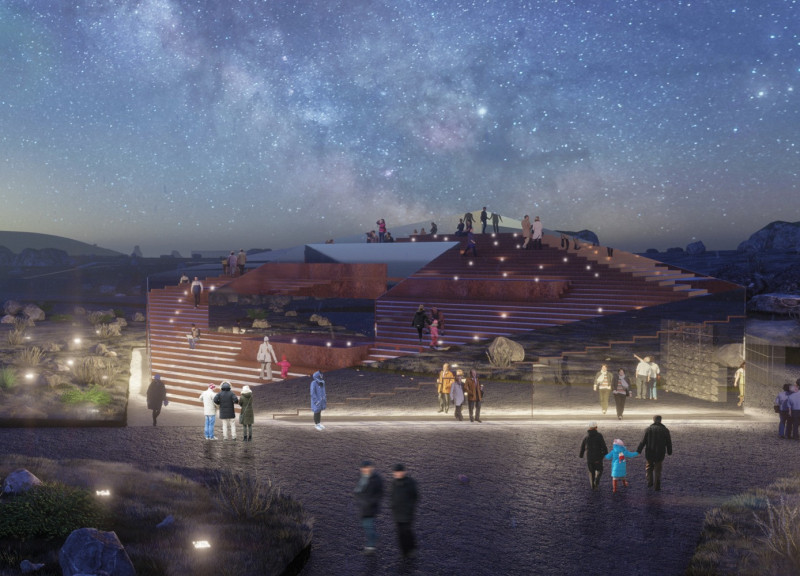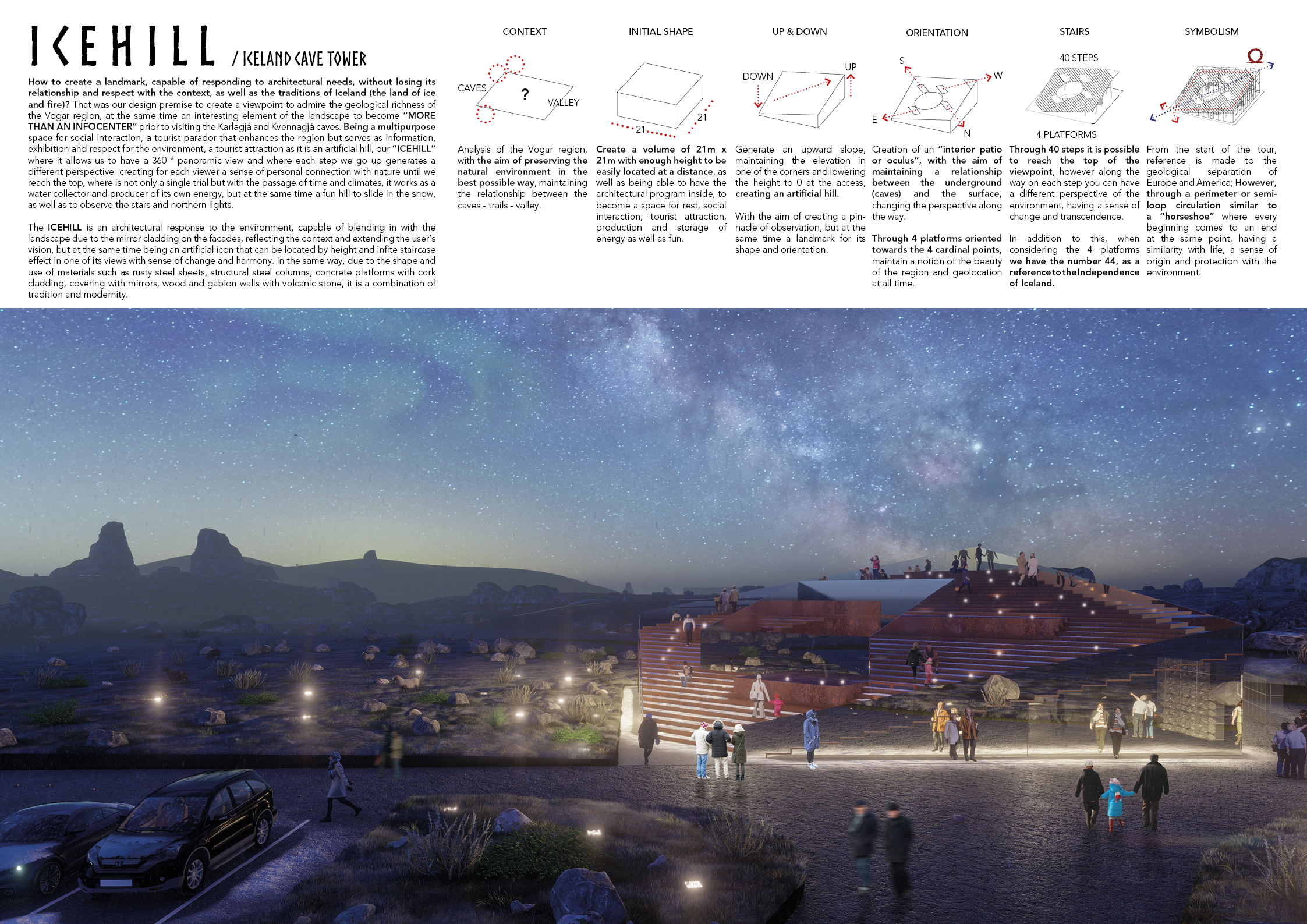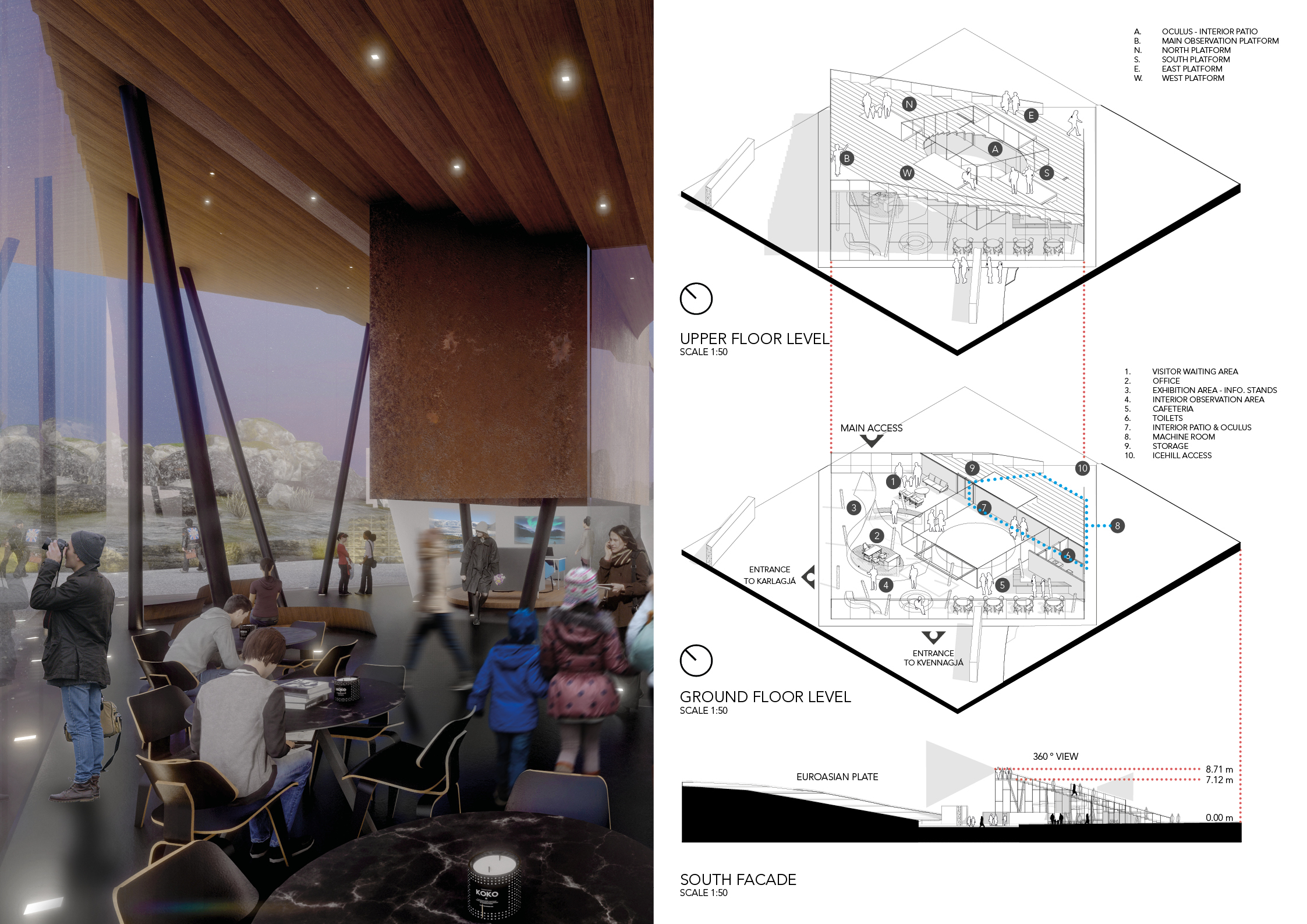5 key facts about this project
The project under analysis is a contemporary architectural design that integrates functionality with modern aesthetics. Situated in an urban environment, the structure prioritizes sustainability while responding to the needs of its users and the surrounding context. The design fosters an atmosphere of innovation while providing practical spaces for diverse activities. Key features incorporate open layouts, strategic use of natural light, and a focus on energy-efficient systems.
The layout is organized to facilitate a seamless flow of movement, promoting interaction among users. The incorporation of flexible spaces allows for multi-functional use, adapting to various activities such as gatherings, workspaces, and recreational areas. This adaptability is particularly significant in urban settings where space is limited and requirements may shift over time.
One of the unique aspects of this project is its commitment to integrating green technology within the design framework. The use of renewable energy sources, including solar panels, not only reduces the carbon footprint of the building but also aligns with contemporary architectural practices that prioritize environmental responsibility. The choice of materials further emphasizes this commitment, with a focus on sustainable options such as recycled metals, bamboo, and low-VOC (volatile organic compound) finishes.
The architectural design employs a harmonious blend of forms and textures, contrasting smooth facades with rough, natural materials. This juxtaposition creates visual interest while drawing attention to the craftsmanship involved in the project. Large windows are strategically placed to enhance views while maximizing natural light, reducing reliance on artificial lighting sources throughout the day.
The roof design, featuring a series of green terraces, not only adds an aesthetic quality but also serves to insulate the building and manage rainwater. These terraces provide additional outdoor space for occupants, enhancing the overall functionality and appeal of the building. This integration of natural elements within the urban landscape differentiates the project from others by promoting biodiversity and offering a reprieve from the hustle of city life.
In further exploration of the architectural plans, sections, and designs, additional insights can be gleaned regarding the meticulous detailing and intention behind each element. Understanding the architectural ideas behind this design is crucial for appreciating how it meets modern demands while pushing the boundaries of conventional architecture.
For those interested in a deeper analysis, reviewing the architectural plans and sections will provide greater context and detail about the innovative approaches employed in this project. Exploring the architectural designs will contribute to an enriched understanding of how this project stands out in today's architectural landscape.






















































